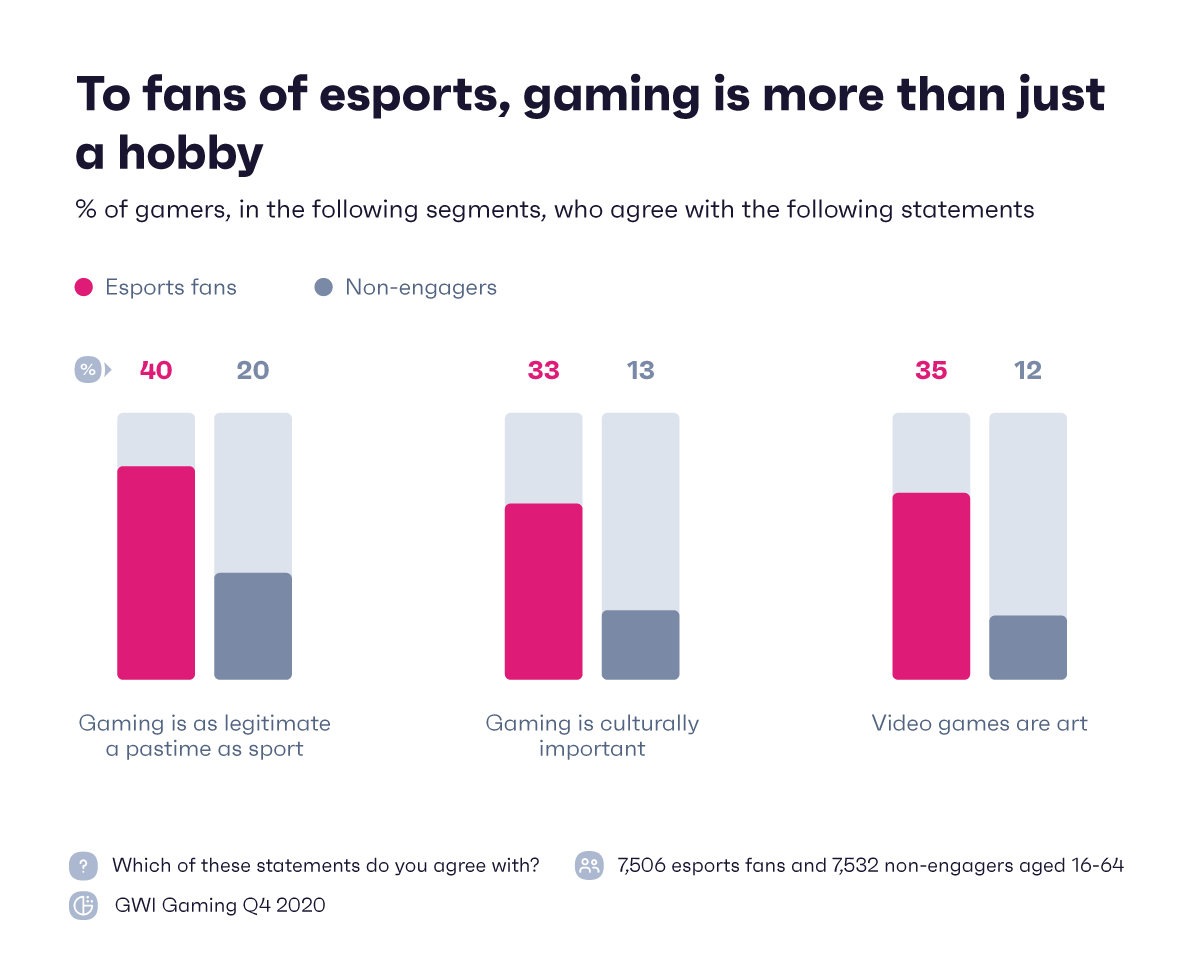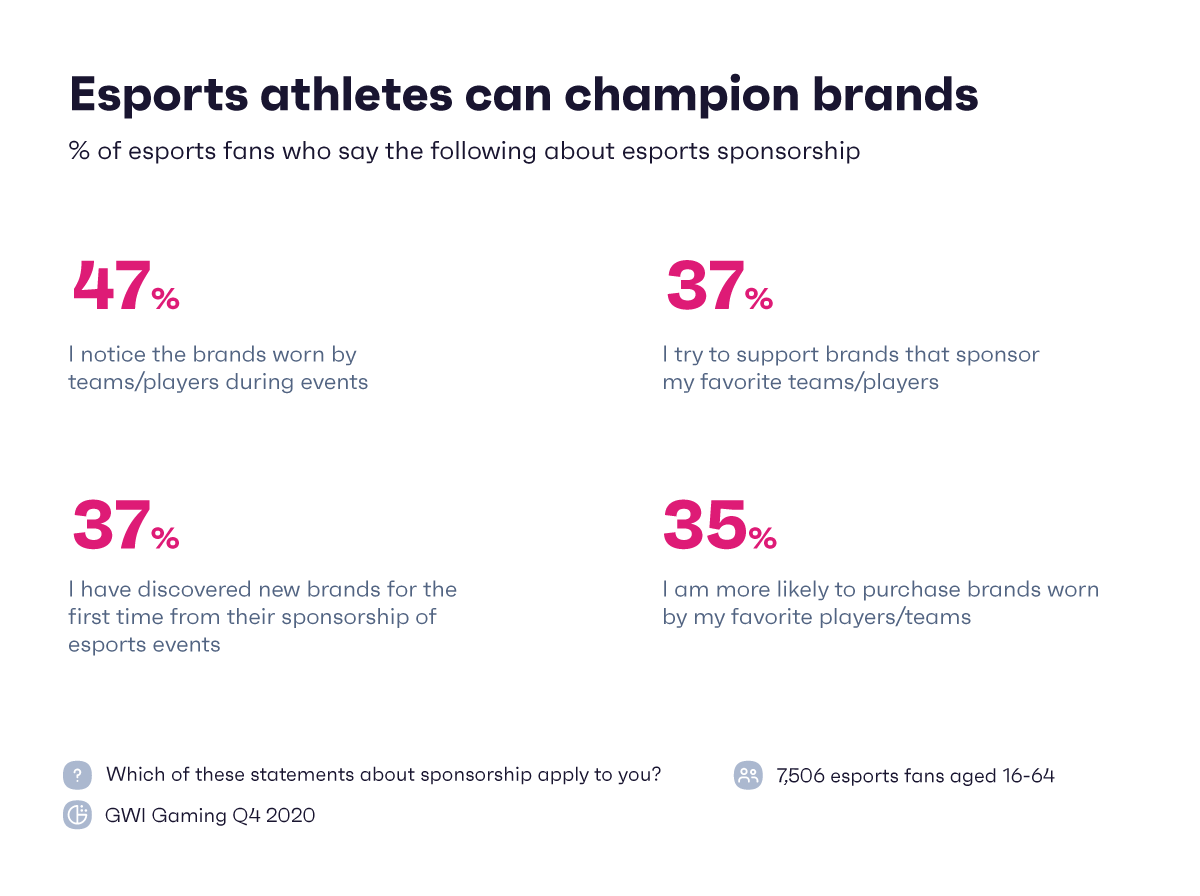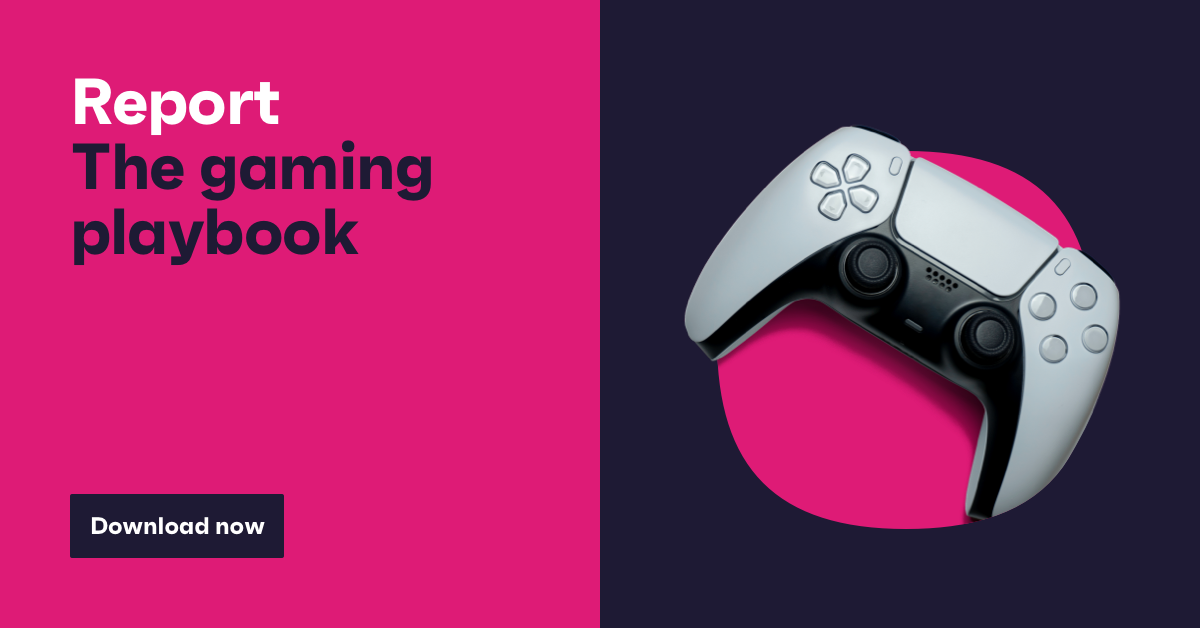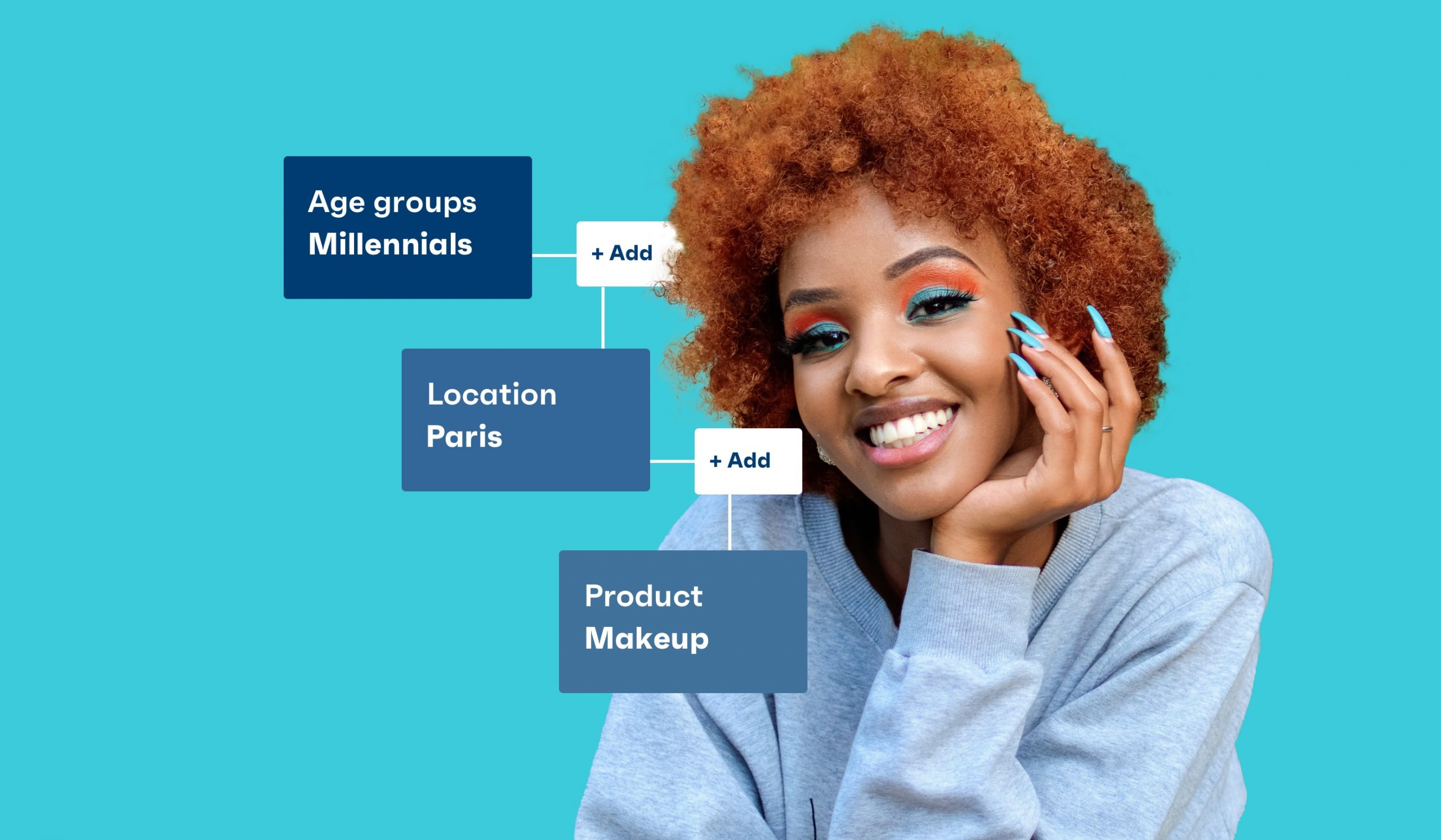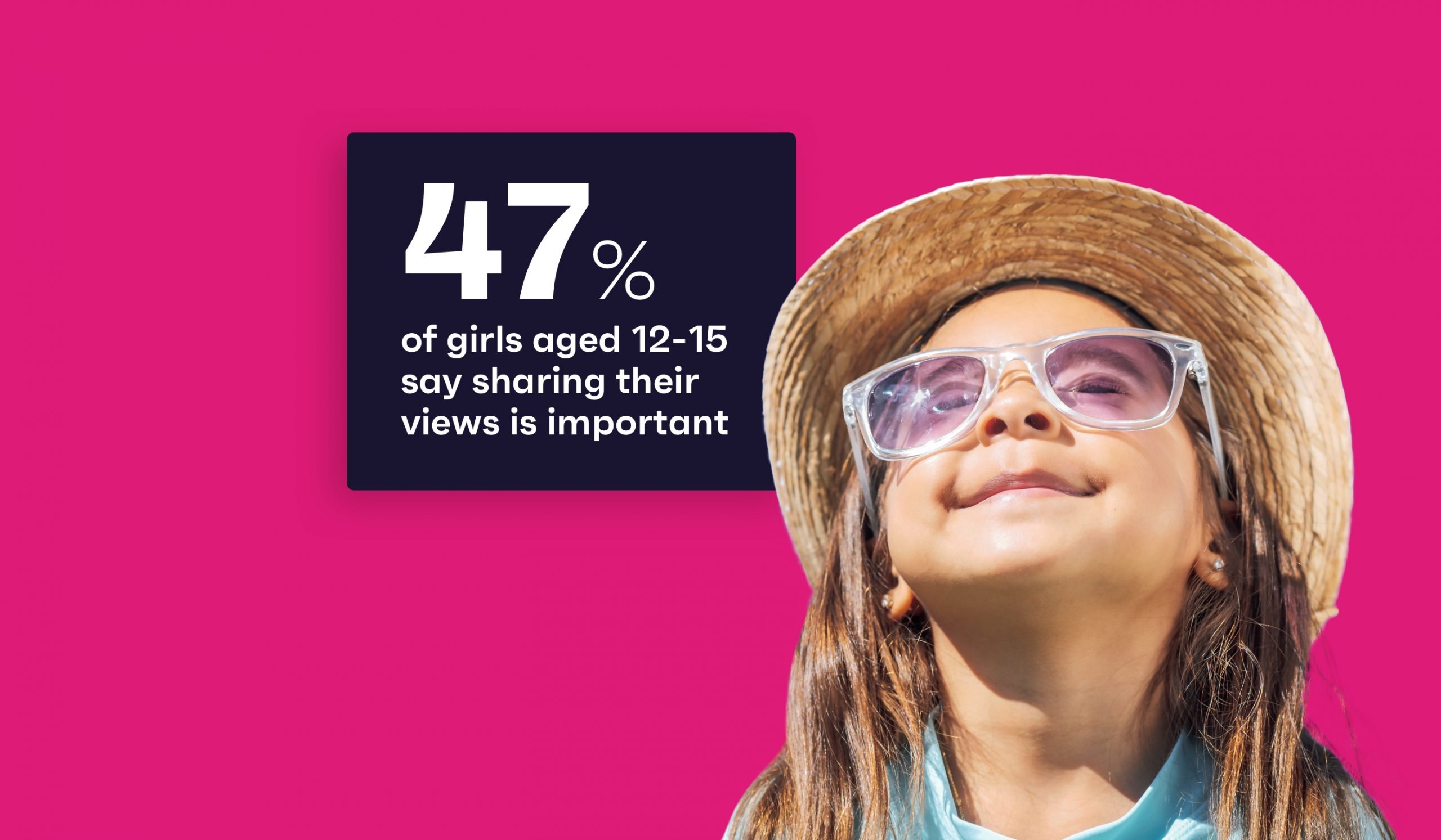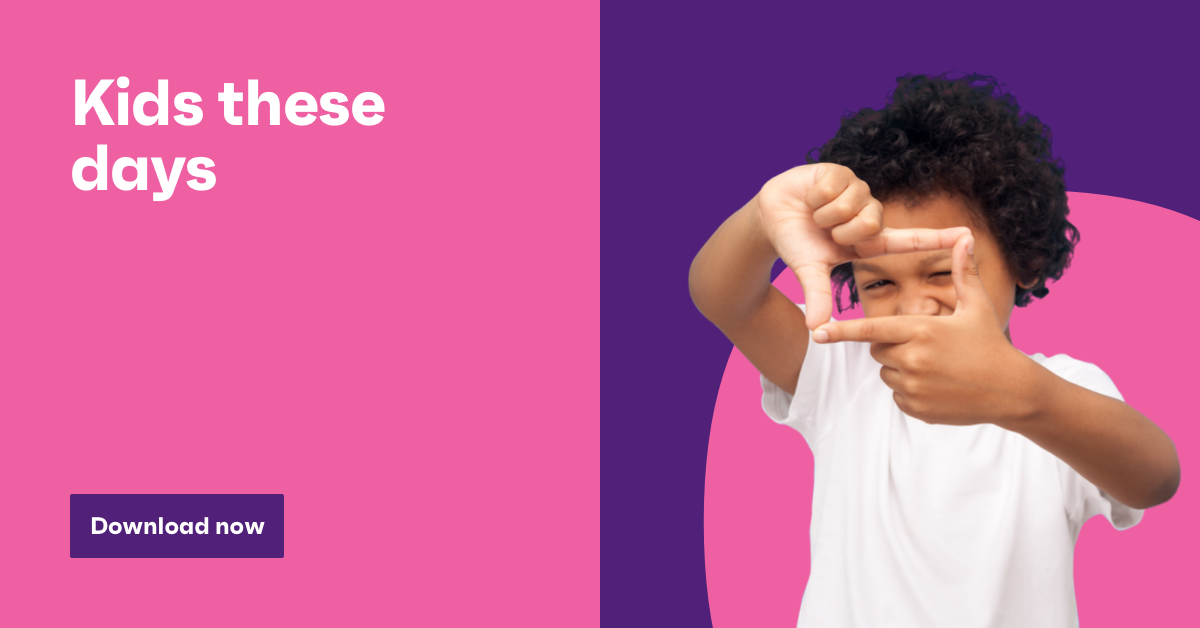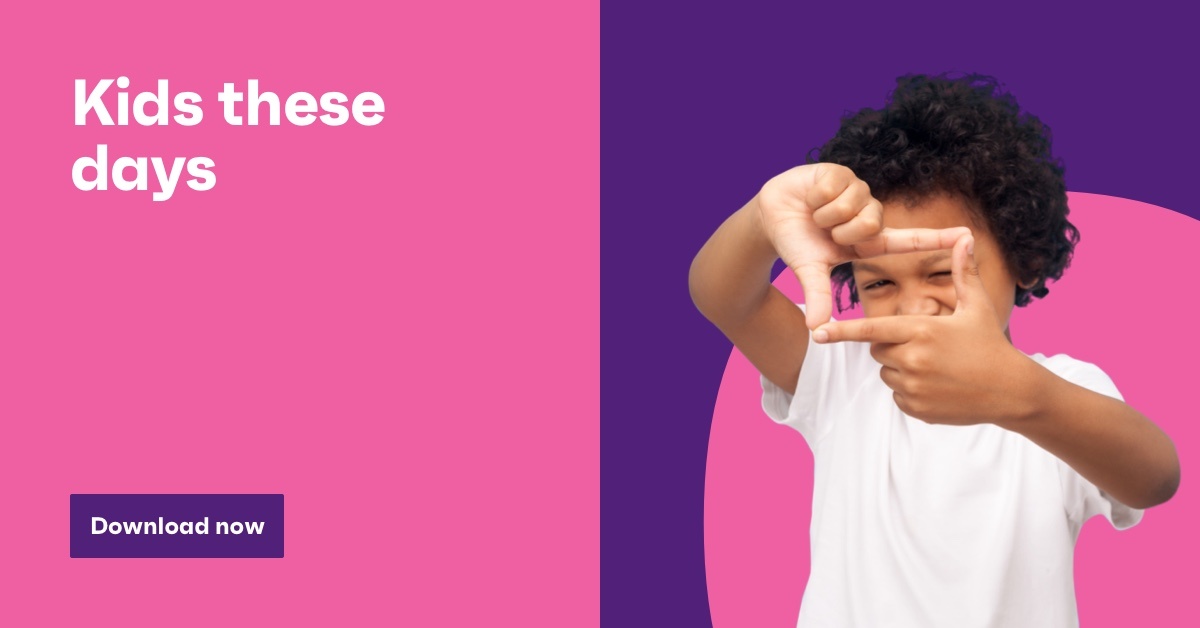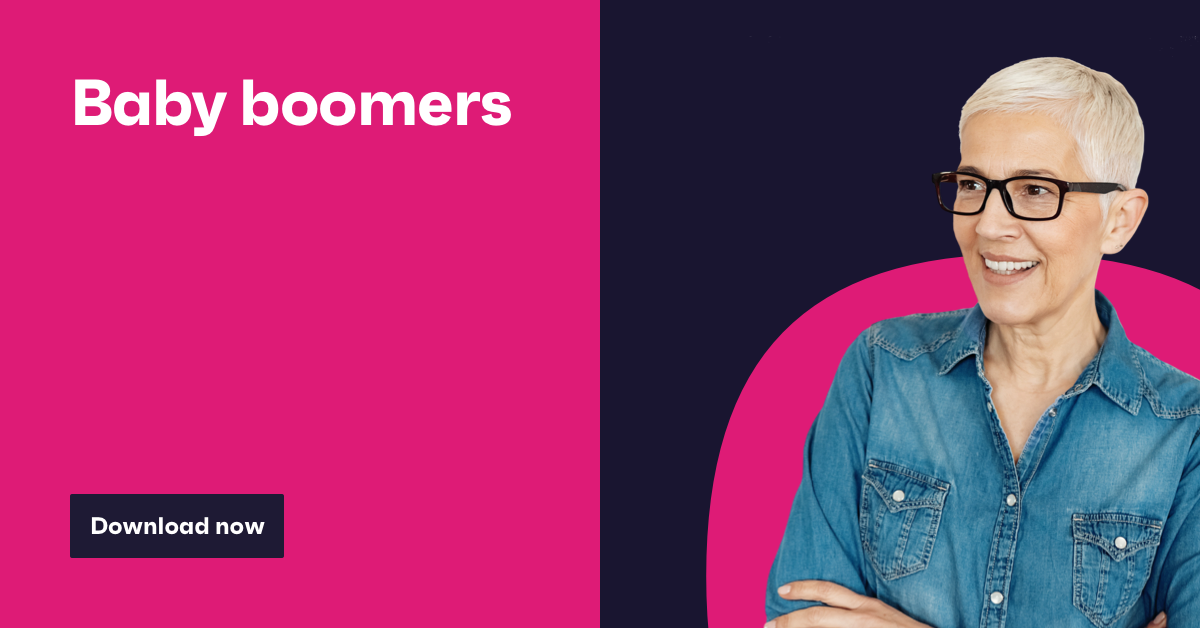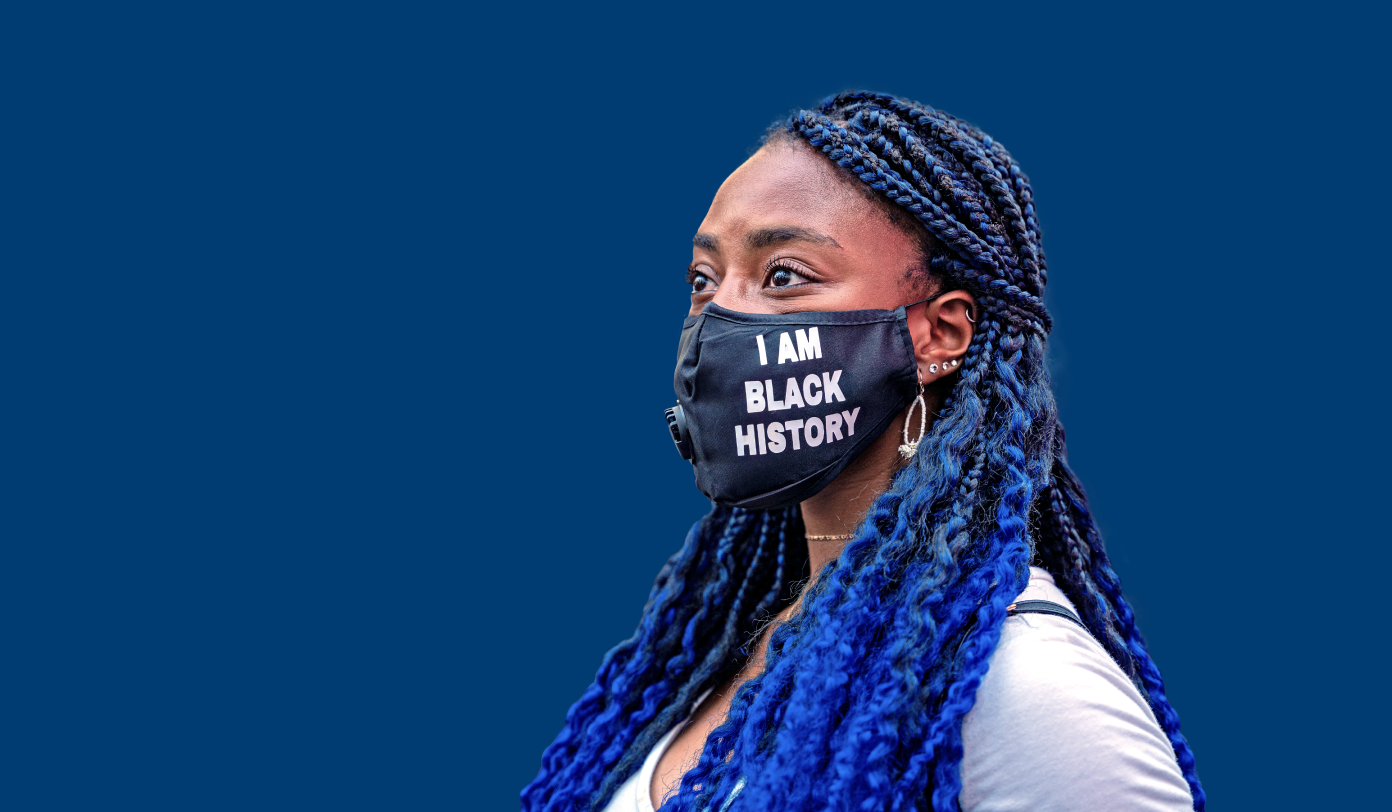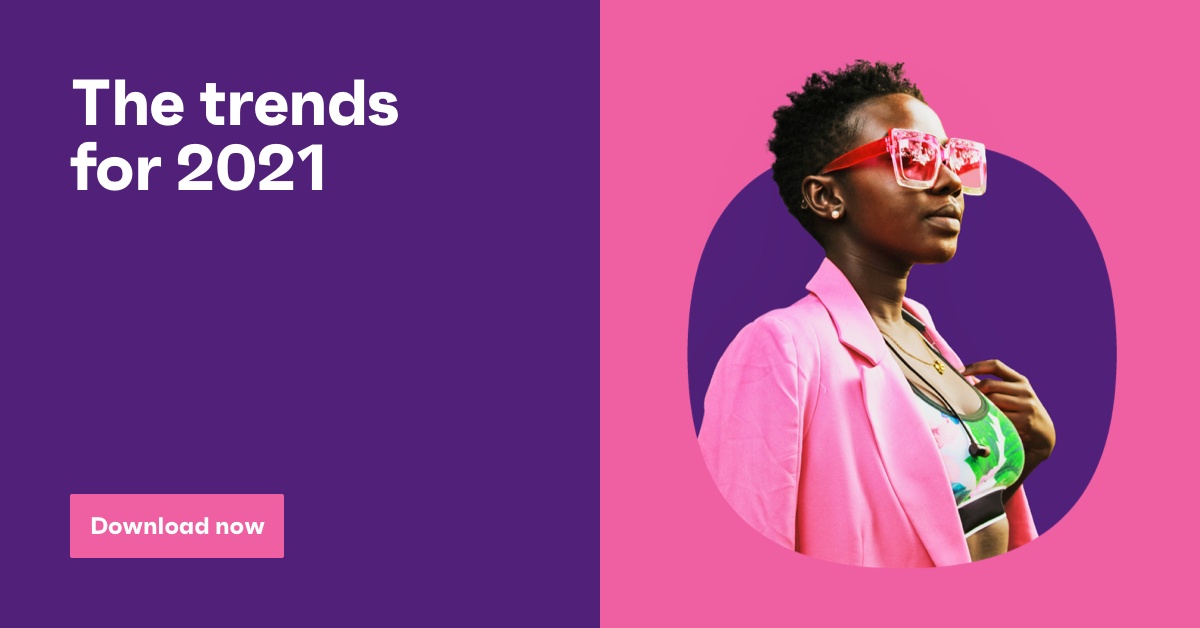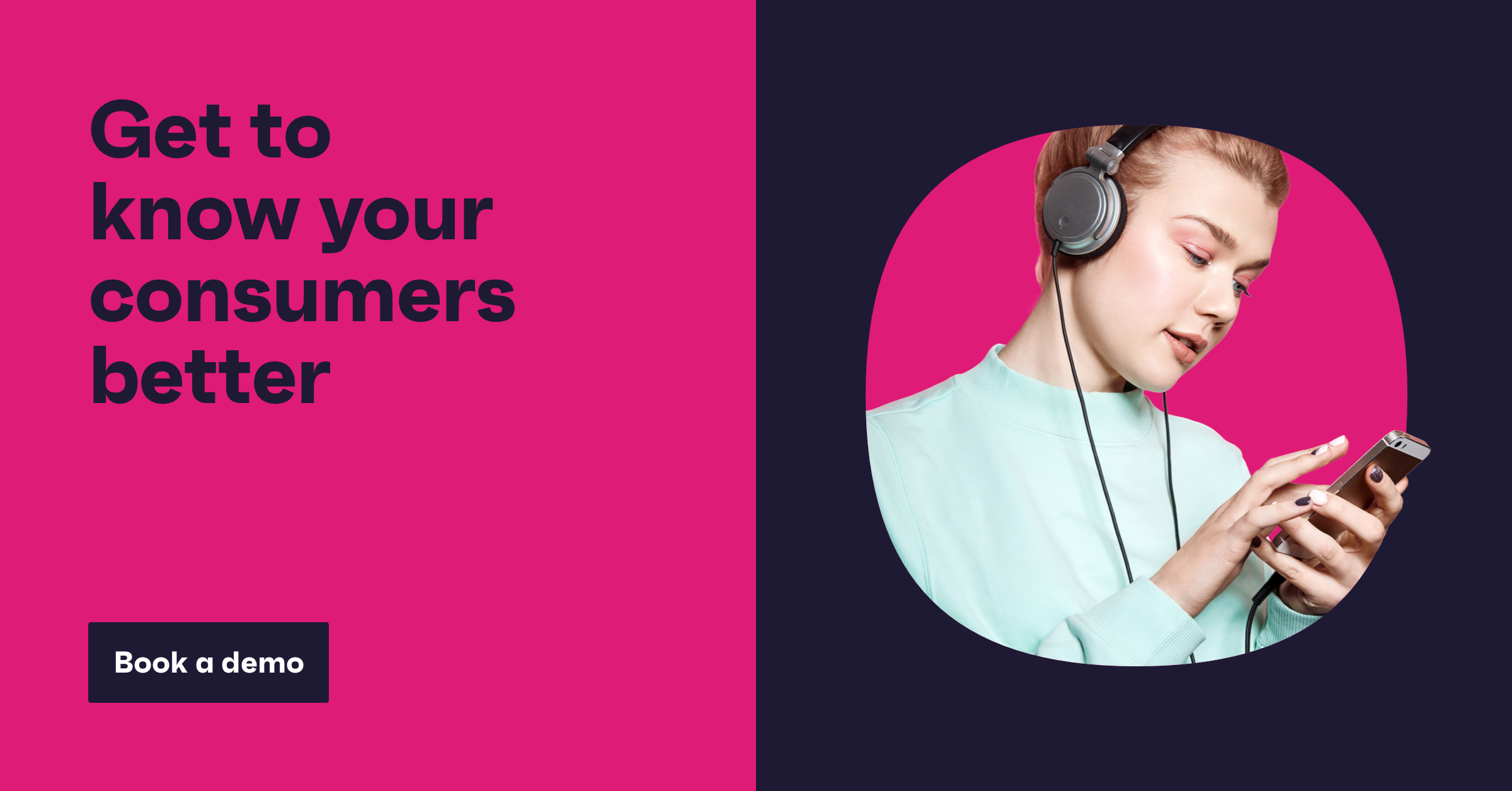
Financial expert, author, and mom of two, Farnoosh Torabi, regularly gets asked, ‘How do you manage the demands of a full-time career and be a good mom?’.
It seems many women view this as an either-or situation; but rather than asking ‘how’, we, as a collective society, should question ‘why?’.
We all know the pandemic has rolled back years, or even decades, of hard-won social and economic progress.
Celebrations of female empowerment, like International Women’s Day, do a great job of promoting equality in the workplace.
But our recent report, created in partnership with SeeHer, highlights a different kind of gender gap based on inequalities in the home, and the part media and brand narratives can play in raising awareness around this issue.
This blog sums up the study’s main findings and suggests that making progress toward gender parity also means targeting an often overlooked source of disparity.
The toll on mental health has not been equal.
Many women step down the career ladder because they feel overwhelmed trying to juggle the various responsibilities they take on – in what the Center for American Progress dubbed Congress’ $64.5 billion mistake.
Back in April, we asked remote workers in the U.S. and UK some questions about their WFH experience so far. Among parents who said working from home had worsened over time, women were 27% more likely than men to list home pressures as a reason why.
The so-called ‘second shift’, where women do at-home tasks after paid work, has been exacerbated by lockdowns and the move to hybrid working.
Unfortunately, the effects of doing a longer shift go beyond feeling tired, and the resulting psychological disparity is unmistakable.

Women are over 50% more likely than men to say their mental health has worsened this past year.
Also, when asked about the potential lasting implications of the pandemic in their own lives, women’s number one concern was around mental health – with women of color generating the highest figures.
In light of all this tension, brands had to tread carefully; and throughout the pandemic, the media landscape has sought to uplift moods and inspire women.
A string of recent ads celebrates women who are able to move seamlessly between their personal and professional responsibilities.
For example, Nissan’s latest campaign shows Kate Hudson jumping effortlessly between yoga, cooking breakfast for her kids, and preparing for a product launch; while Squarespace salutes women who work on a ‘side hustle’ at the end of the traditional working day.
However, women’s increased levels of exhaustion and anxiety are wholly absent from these celebrations – which is problematic, as this mental burden directly influences the sorts of images and narratives they most relate to.
The truth is, not a lot has been created to reflect the high-stress nature of this delicate balancing act, and even less to normalize or promote self-care for women.
While they should be encouraged to dream big, on the whole, the media hasn’t yet found the sweet spot between inspiration and reality.
Women want advertising to reflect their lived experiences.
In March, we asked women in the U.S. what they most wanted to see in ads to get a sense of where their heads were at.
And perhaps unsurprisingly, close to half of the women we surveyed wanted to see female characters relaxing and taking care of themselves, which was the most in-demand brand narrative we recorded.

This group was also receptive to images of women getting support from their male partners, women connecting with other women, and women dealing with the chaotic nature of home life.
These findings indicate that, to really resonate with women today, portrayals should be both accurate and motivational.
It’s important to capture women’s lived experience, which is often shaped by inequalities in domestic expectations, and create narratives that discourage ‘mom guilt’ by challenging the idea that their needs come last every time.
The UN’s #HeforSheAtHome campaign, which got social media users around the globe to share videos or selfies of men helping out at home, played to women’s ad preferences by drawing attention to the unequal care burden in a light-hearted and inspiring way.
And it shouldn’t just be up to large-scale governmental organizations like the UN.
Nearly 40% of all U.S. consumers – and half of parents – say the media has ‘a lot’ of responsibility in addressing the issue of gender inequality, with about a quarter saying the same of brands.
Consumers also comprehend the power of language and framing in building self-esteem and ushering progress, especially when societies are at their most vulnerable: the majority agree that the media and brands shape how women see themselves during challenging times (65% and 60%, respectively).
While gender imbalances are a sensitive issue, women increasingly expect companies to deliver authentic and relatable messaging in the aftermath of the COVID-19 crisis.
There’s a need to get men on the same page.
Another thing the UN project reminds viewers, and men in particular, is that gender equality doesn’t just pertain to the workplace.
We’ve already drawn attention to the fact that many women have put their careers on hold because of the increased pressures to take care of both work and family life during the pandemic.
But men are less aligned with women when it comes to recognizing the logistical, physical, and mental health implications of this balancing act.

Parents are typically more sensitive to gendered images presented in the media – likely because they’re concerned about the potential impact on their child’s confidence and values.
Awareness is particularly strong among fathers, who are significantly more likely than other men, and even mothers, to hold media and brands accountable for addressing gender equality.
By the same token, dads are over 1.4x more likely than men without children to worry about women’s professional opportunities in light of the pandemic.
These sentiments, though heightened among dads, reflect the general disconnect between men and women on matters of gender equality.
Men’s concerns tend to be on par with women’s when it comes to issues like education, work, and representation. But once we adjust the focus to their day-to-day experiences, like mental health and household labor, the gap widens and men start to lose sight of the broader consequences.
Fathers also esteem media narratives that show women being successful in their jobs and solving problems. They don’t, however, fully appreciate the impact of working and care-giving on women’s stress levels or the value in media that breaks down taboos and presents self-care as a necessity, not an indulgence.
Despite wanting their daughters to have great opportunities when they grow up, men often struggle to grasp the realities that make it harder for their own partners to succeed professionally.
What’s more, less than half of women and mothers with a mental health condition feel comfortable talking about mental illness.
Sadly, until it’s more openly and widely discussed, this figure won’t begin to budge.
Given their ability to challenge stigmas and suggest new paths, it’s time brands entered the conversation.
Leading with purpose
Findings from our SeeHer study clarify this shift; half of consumers said their purchase decisions are influenced by brands showing support during times of crisis.
Throughout the pandemic, we saw brands stepping up and leading with purpose. This had an immediate knock-on effect, with consumers increasingly leaning on those that best align with their values.
And when thinking specifically about reducing gender disparities, people feel the media has a very important and purposeful part to play.
Prioritizing narratives that show women caring for themselves and getting support will go a long way in ensuring the balance is no longer ‘fragile’ for today’s women, and make the road to equality that much shorter.




